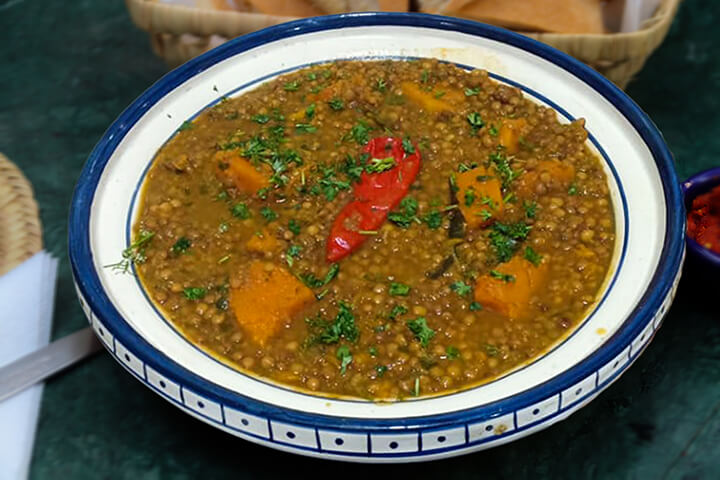How to preserve lemon
Last update October 3, 2024

In Morocco, preserved lemons, known as “l’hamd mraqqad”, are a staple in many traditional dishes, particularly tagines. The process involves fermenting lemons in salt and their own juices, which results in a tangy, salty condiment that adds depth of flavor to a variety of recipes.
Preserved lemons add a uniquely fragrant and intense citrus flavor, and they are essential in dishes like chicken with preserved lemons and olives, as well as other Moroccan tagines and salads.
Here’s a general overview of how preserved lemons are made in Morocco:
Required Ingredients
Check the box for each ingredient you have
Fresh lemons (typically small and thin-skinned varieties are preferred)
Coarse sea salt
Lemon juice (if needed)
Optional Ingredients
Check the box for each ingredient you have
Optional: bay leaves, cinnamon sticks, peppercorns, or other spices for added flavor
Cooking Instructions
Check the box for each step you have done
Clean the Lemons
- The lemons are washed thoroughly to remove any dirt or impurities.
- Each lemon is cut into quarters or wedges, but they are not cut all the way through. The quarters should remain attached at the base.
- The inside of the lemon is packed generously with coarse sea salt. The salt helps to soften the lemons and draw out their juices, which is key to the fermentation process.
- The salted lemons are tightly packed into a clean, sterilized glass jar. As you add lemons, press them down to release their juices. You can also add additional flavorings like bay leaves, cinnamon sticks, or peppercorns between the layers.
- If the lemons aren’t fully submerged in their own juice, more fresh lemon juice is added to cover them completely. It’s important that the lemons are fully submerged to prevent spoilage.
- The jar is sealed tightly and left to ferment at room temperature for 3 to 4 weeks. During this time, the lemons soften and the rinds become edible.
- After the fermentation period, the lemons are typically rinsed before use to remove excess salt. Only the rind is used in cooking, though the flesh can sometimes be included in dishes.


